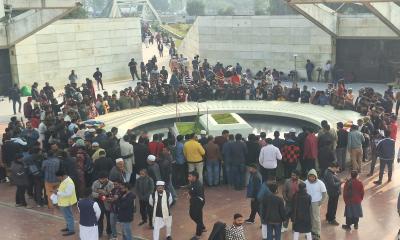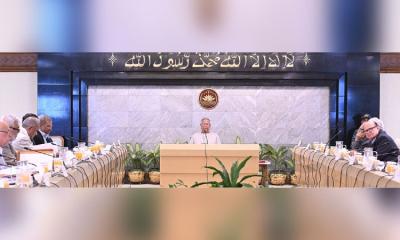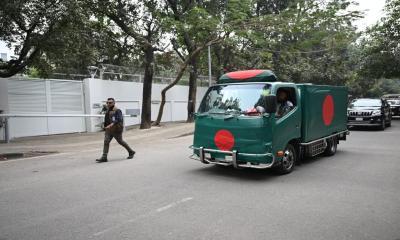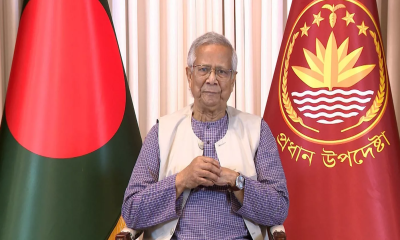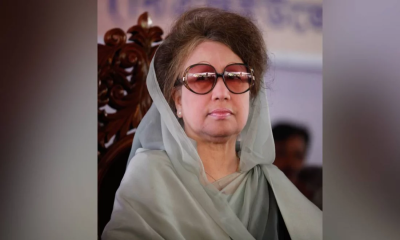The sixth consignment of uranium for the first unit of Rooppur Nuclear Power Project has arrived in Pabna’s Rooppur under special security arrangement.
Pabna Superintendent of Police Akbar Ali Munshi confirmed that the convoy carrying uranium entered the project area at 8:30 am on Friday.
SP Akbar said the convoy carrying uranium left the capital in the morning and crossed Bangabandhu Bridge and reached Rooppur project area via Banpara in Natore and Dashuria in Pabna`s Ishwardi.
He added that law enforcement agencies were working to ensure tight security in view of the arrival of uranium. Besides, vehicular movement on the highway from Dhaka to Rooppur in the project area was suspended from 5am to 10am.
However, traffic movement was restored when the uranium consignment entered the Rooppur project area, said the SP.
Earlier on September 28, the first consignment of fuel for the Rooppur Nuclear Power Project arrived in Bangladesh. The next day, on September 29, fuel was taken to the project area under special security measures.
The consignment was formally handed over in the presence of Prime Minister Sheikh Hasina and Russian President Vladimir Putin through a video conference on October 5, marking Bangladesh’s entry to the world’s elite club of nuclear power producers.
On January 15, 2013, an agreement regarding State Export Credit of US$ 500 million was signed for carrying out preparatory phase construction works of Rooppur Nuclear Power Plant.
The government signed a US$12.65 billion general contract (GC) in 2015 with Moscow for building the nuclear power plant.
Bangladesh signed a credit agreement with Russia to obtain $11.385 billion credit for RNPP in July 2016. The credit covers 90 percent of the project cost.
The Ministry of Science and Technology recently said that the first unit of the plant may come into operation in July 2024 and the second unit in July 2025.
Once the two units become operational, the Rooppur Nuclear Power Plant will be capable of generating 2,400 MW of power. The first unit has reached over 90 percent completion in terms of physical and structural work, while the second unit has progressed to about 70 percent completion.
According to the World Nuclear Association website, the countries using nuclear energy include the US, China, France, Russia, South Korea, Canada, Ukraine, Germany, Japan, Spain Sweden, Belgium, UK, India, Czech Republic, Finland, Switzerland, Bulgaria, Pakistan, Hungary, Slovakia, Brazil, South Africa, Mexico, Romania, Argentina, United Arab Emirates, Belarus, Slovenia, the Netherlands, Iran and Armenia.


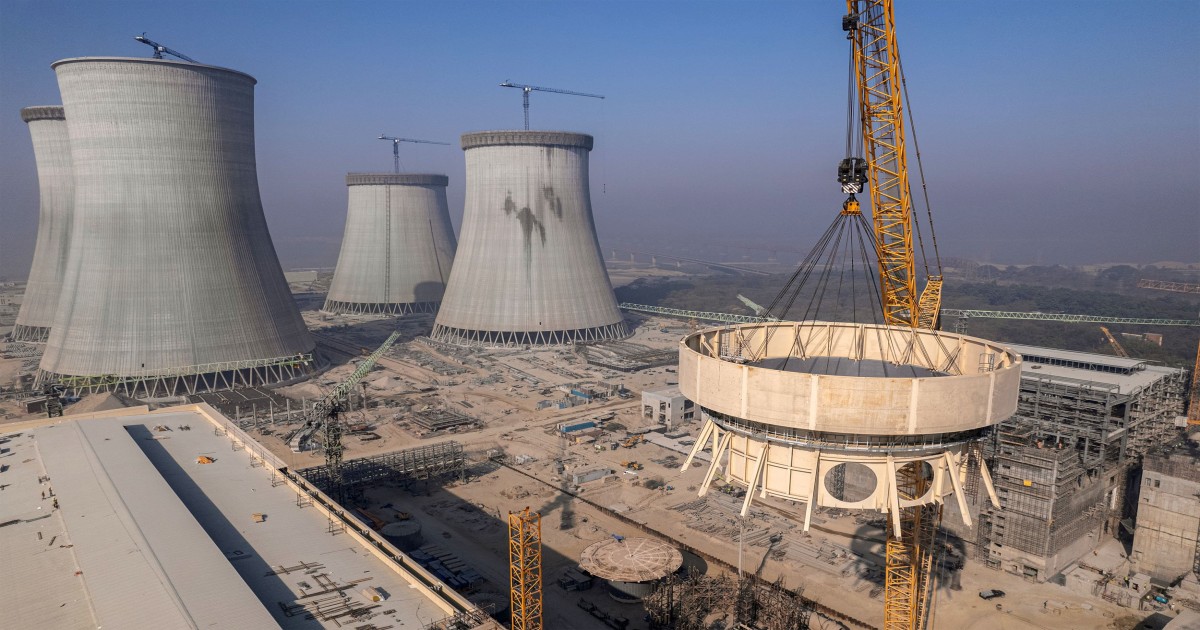


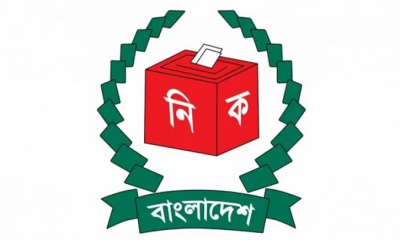

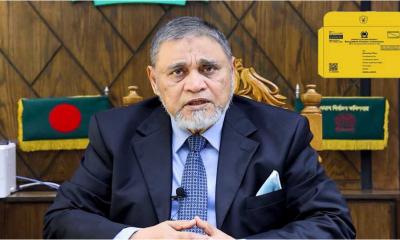
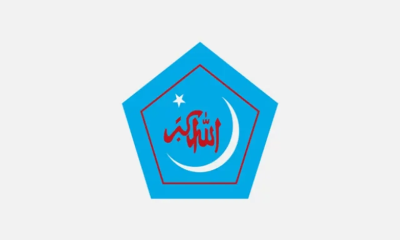
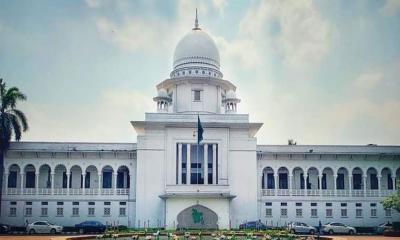
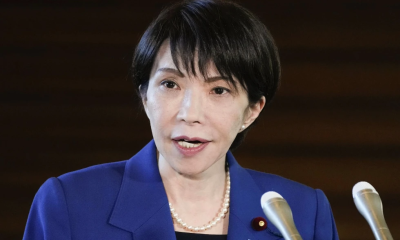

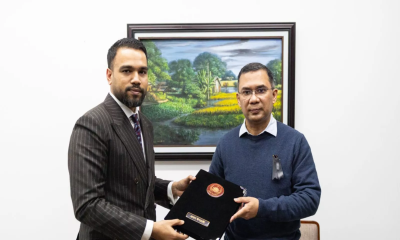





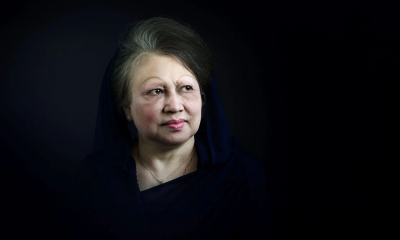
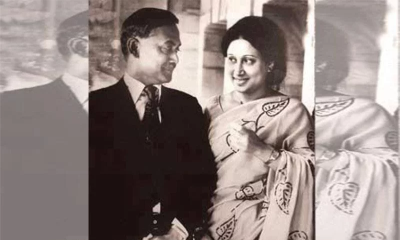

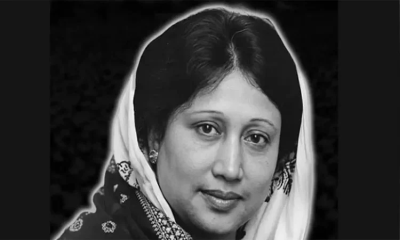



-(2)-20260102070806.jpeg)
-(25)-20251122062715-20260105041159.jpeg)
